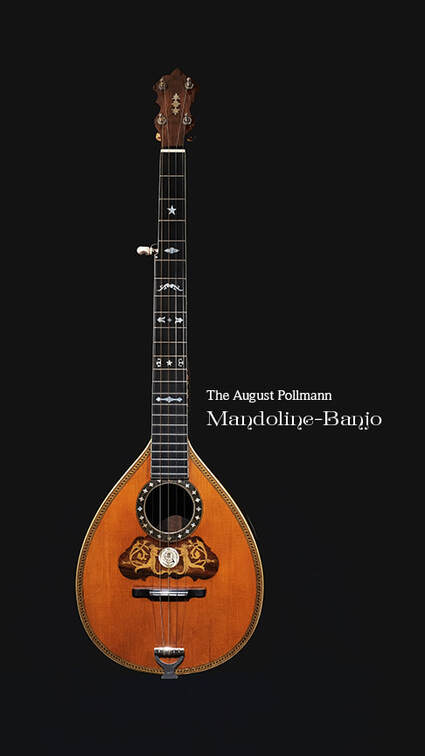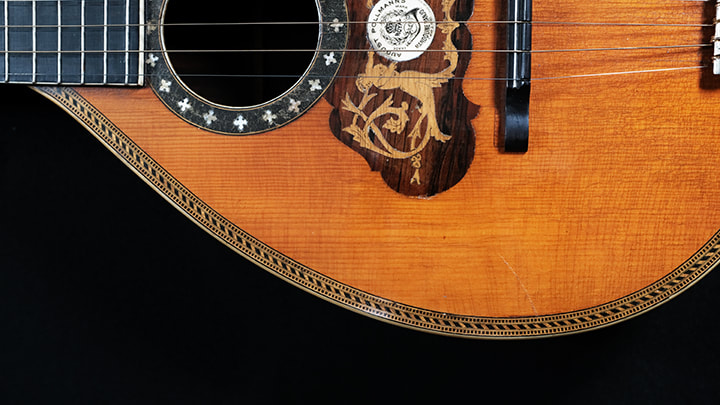|
Play: "Sarah Kate" written and performed by Robby Gilbert for Mandoline-Banjo
|
The August Pollmann Madoline-Banjo
|
|
All photographs and content copyright 2021 robby gilbert and tangible media center
2029 spruce |
Proudly powered by Weebly



